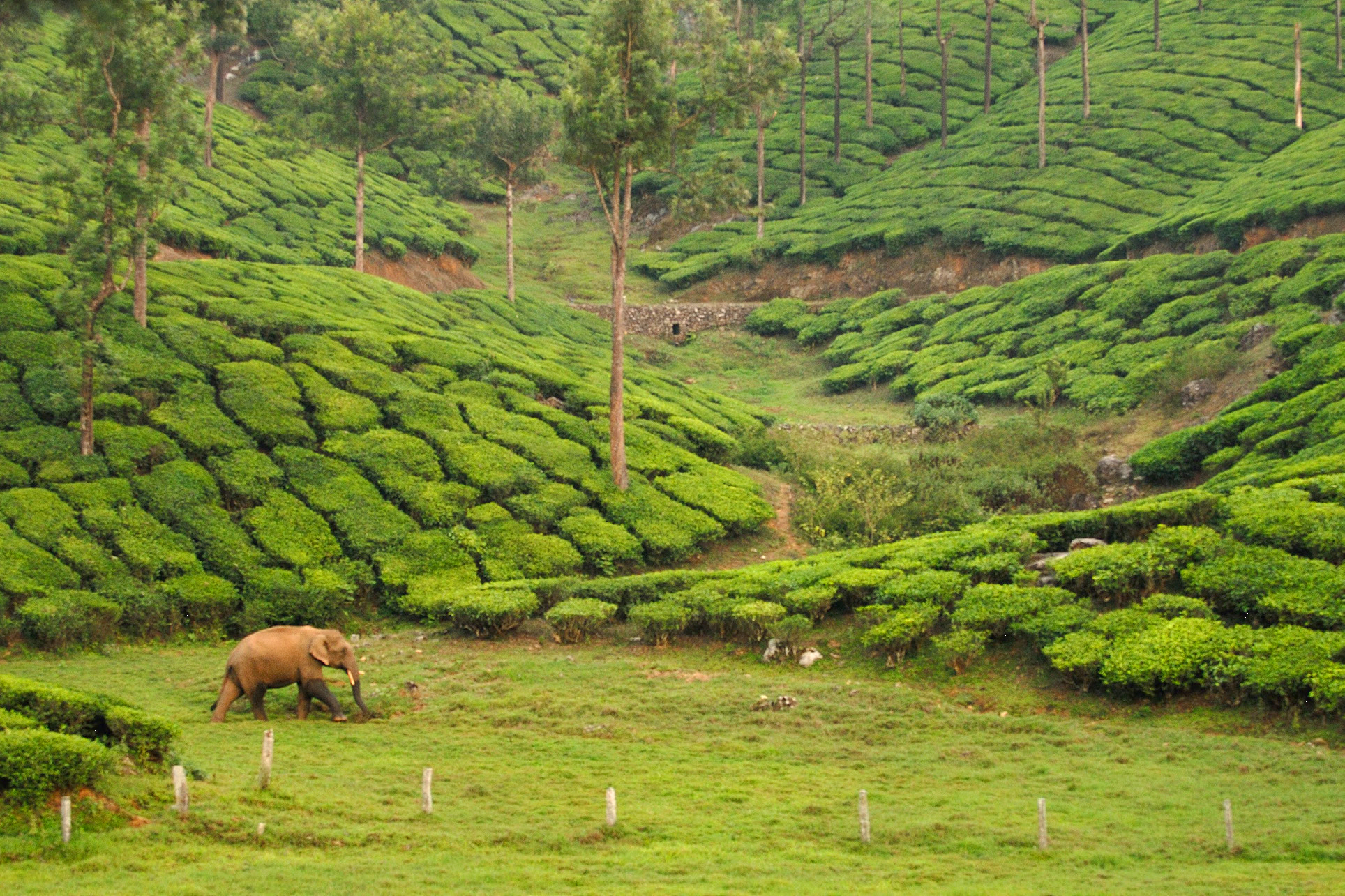 Ecologists concerned with basic questions of ecosystem status, function, and condition have often struggled to come up with how to classify those systems amidst the plethora of local, national, or international options. In many cases, ecologists have built classifications that only work for certain types (such as forests), or for specific areas (such as parks, states, or countries), or for certain applications (such as mapping). Unlike classification systems for soils, geology, or species—which have had approaches in place for decades, if not centuries—vegetation and ecosystem ecologists lacked a common language and agreed-upon concepts that would provide basic principles for their work.
Ecologists concerned with basic questions of ecosystem status, function, and condition have often struggled to come up with how to classify those systems amidst the plethora of local, national, or international options. In many cases, ecologists have built classifications that only work for certain types (such as forests), or for specific areas (such as parks, states, or countries), or for certain applications (such as mapping). Unlike classification systems for soils, geology, or species—which have had approaches in place for decades, if not centuries—vegetation and ecosystem ecologists lacked a common language and agreed-upon concepts that would provide basic principles for their work.
Now, a team of vegetation ecologists from throughout the western Hemisphere—comprised of NatureServe staff, natural heritage scientists, federal partners of the U.S. National Vegetation Classification (NVC), and tropical ecologists—have crafted an approach that is comprehensive for all terrestrial ecosystems and builds on the strengths of previous efforts, including those of European colleagues. In addition, academic scientists from the Ecological Society of America and federal scientists from the U.S. Forest Service (USFS), National Park Service (NPS), U.S. Geological Survey, Bureau of Land Management, and Natural Resources Conservation Service provided extensive input and support throughout the process.
NatureServe and its member programs have long been in the business of developing ecosystem classifications, including developing an early prototype of the NVC, and developing the Ecological Systems classification across the western hemisphere. Bringing that expertise to the table, they worked with the team to develop a set of principles and applications that could guide multiple state, national, or international classifications. They then worked closely with interested partners to apply those principles to a revised U.S. NVC, Canadian NVC, Bolivian NVC, Ecuador NVC, and more broadly the International Vegetation Classification, all of which provide a coordinated, multi-level set of ecosystem units within those countries and around the globe (To read a recent global application to grasslands, click here)
The authors recently published their findings in the journal Ecological Monographs. The article summarizes the scientific basis for EcoVeg, a physiognomic–floristic–ecological classification approach that applies to existing vegetation, both cultural (planted and dominated by human processes) and natural (spontaneously formed and dominated by non-human ecological processes). Given the multi-faceted nature of ecosystems and multiple purposes for classification, there will always be a need for multiple classifications. But EcoVeg provides a rigorous and comprehensive framework that improves our ability to:
- Describe vegetation types at multiple thematic scales, from formations (biomes) to fine-scale associations (biotopes)
- Inventory vegetation and ecosystem patterns within and acrosslandscapes and ecoregions
- Support evaluation and tracking of status and trends of ecosystems
- Facilitate interpretation of long-term and short-term vegetation change
- Track ecosystem responses to invasive species, land use, and climate change
The authors of the publication are: Don Faber-Langendoen (NatureServe), Todd Keeler-Wolf (California Department of Fish and Game), Del Meidinger (British Columbia Ministry of Forests and Range), Dave Tart (U.S. Forest Service), Bruce Hoagland (OKlahoma Biological Survey and the University of Oklahoma), Carmen Josse (NatureServe), Gonzalo Navarro (Universidad Catolica Boliviana San Pablo), Serguei Ponomarenko (Parks Canada), Jean-Pierre Saucier (Ministere des Ressources Naturelles), Alan Weakley (North Carolina Botanic Garden), and Patrick Comer (NatureServe).
Completion of this approach now provides NatureServe and the Natural Heritage Network, and other conservation partners, with a much-needed tool for both aggregating existing network data on ecosystems and promoting the ongoing inventory, monitoring and assessment of those ecosystems. Within the U.S., where the revised USNVC is both a federal standard and in wide use among state Heritage programs, we have a new opportunity to work collaboratively to provide comprehensive and systematic information on the wide diversity of ecosystems in the country. Some of the classification information, currently managed in Biotics 5, is already available through NatureServe Explorer and the NVC website, with major releases of new information planned for the fall of 2015. This information will be continually maintained through a peer review process guided by the Ecological Society of America’s Panel on Vegetation Classification, with oversight by the FGDC Vegetation Subcommittee.
In the U.S., federal and state partners are moving forward with applications. The revised USNVC is already being put to use, alongside Ecological Systems. Examples include:
- Integration in Landfire’s new national ecosystems map
- Update of vegetation maps in the NPS Great Lakes parks
- USFS Forest Inventory and Analysis Program has a prototype key that assigns all forest plots across the eastern U.S. to NVC types
- The Minnesota and New Jersey natural heritage programs are completing crosswalks or updates to their state version of the revised NVC
- New Mexico is working to incorporate the NVC into its State Wildlife Action Plan